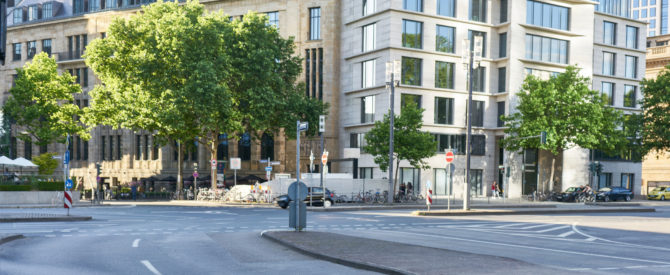The lubricant industry has been hit hard by the COVID-19 pandemic, and demand could remain depressed at least into 2022, threatening the survival of many suppliers, according to two speakers at a webinar last week.
Speaking during a June 24 event organized by Lubes’n’Greases, Stephen B. Ames of SBA Consulting and Nowal Chimica’s Mattia Adani agreed that the pandemic has been a generational disruptor for the industry.
Ames offered predictions of lube demand this year and next based on economic forecasts by the Organization for Economic Cooperation and Development. Economic output has been quite a reliable predictor of lubricant demand for the past 20 years, he explained, except that lubricant demand tracks an increment below gross domestic product – an increment that Ames referred to as the lube gap. The size of the gap varies from region to region, but remains consistent within most geographies. In Japan the gap averages around 1%, while in China it runs approximately 5.9%.
Combining those numbers with the latest economic forecasts from the OECD, Ames calculated lubricant consumption globally and for several regions for 2020 and 2021. Since the OECD offered one forecast assuming that COVID-19 cases will be controlled now and a second based on a resurgence of the disease, Ames based his predictions on an average of those forecasts. Globally lubricant demand will fall 10.5% this year and recover just 0.3% in 2021, he said. The European Union market will fare a bit worse, declining 13.3% in 2020 and recovering just 0.3% next year. He forecast demand in the United States will fall 11.6% this year and an additional 0.7% next year. Demand in Japan and China will fall 7.6% and 9%, respectively this year, and both markets will shrink 0.2 percent next year, he said.
Ames stressed that the situation is still dynamic and that actual economic performance could turn out different than current forecasts, but he maintained that recovery may be slow for lubricant markets.
Mattia Adani, owner and general manager of Milan, Italy-based Nowal Chimica, said the Italian market was hit hard by the pandemic, as was the Italian population. In March the country’s lubricant demand fell 28% compared to the same month of 2019, while April demand was off by 59%. Preliminary estimates for May suggest a slight improvement, with sales off 38% year to year.
Adani, who is also a member of the board of directors of the Union of the European Lubricants Industry, expressed concern that the Italian market may never recover, pointing out that it never recovered from the Great Recession. In the 10 years before the recession Italy, the EU’s second-largest industrial manufacturer, demanded an average of nearly 50,000 metric tons of lubes per month, he said, but since the Recession that level has averaged around 35,000 tons per month.
Ames and Adani both warned that many lubricant companies will be challenged to stay in business if lube demand remains low for a prolonged period.
“If your business was not robust before the pandemic, it’s likely that you’re not going to survive the longer term,” Ames said.
“I think that some of our customers likely will not survive,” Adani added. “I did not put it in writing [in slides that he showed during the webinar] that some of us [lubricant companies] will not survive. The situation is pretty bad. How long can companies survive the situation – a few months, not more than that.”
Those that remain in business will have little choice but to cut costs, he said.
Adani said supply chains for raw materials were interrupted during early stages of the pandemic, forcing lube manufacturers to look for alternative sources closer to home.
“Many people in Italy now are reconsidering their outsourcing,” he said. “They are saying that in the future they would like to keep at least some of their supply chain local.”
A link to a recording of the webinar is available at https://www.lubesngreases.com/resources/

A vacant street and intersection in a city in Germany.
